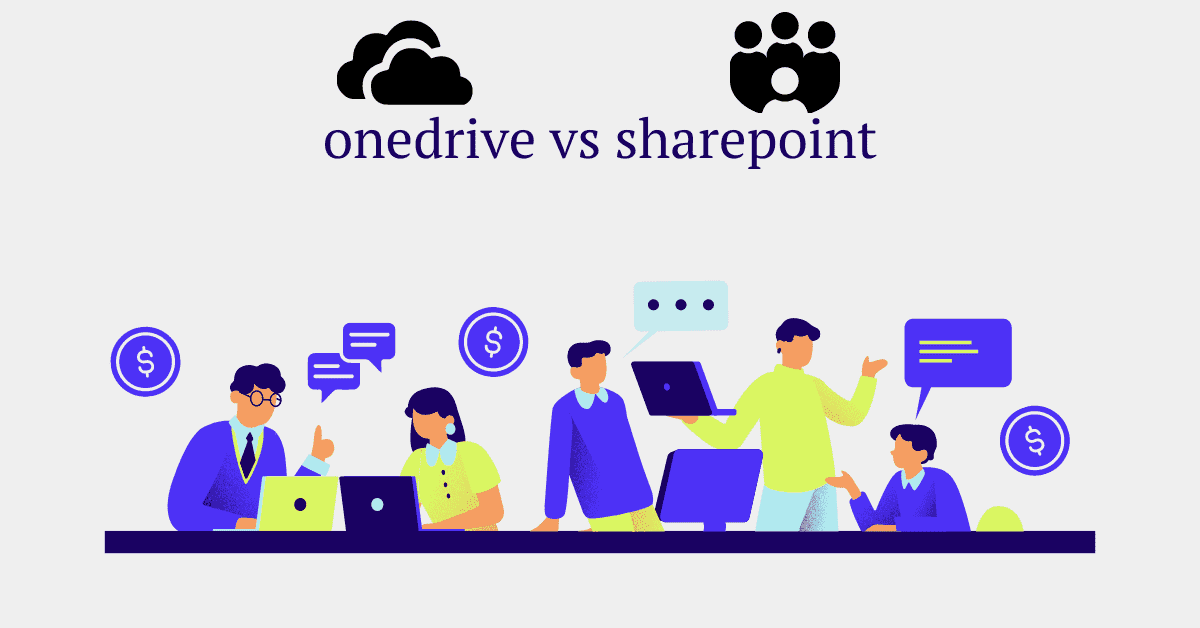Table of Content
- why do companies use online collaborative productivity software?
- Introduction
- The Shift to Remote and Distributed Work Environments
- Fostering Real-time Collaboration and Team Empowerment
- Streamlining Communication and Breaking Down Silos
- Enhancing Project Management and Task Visibility
- Embracing Flexibility and Remote Collaboration
- Ensuring Data Security and Compliance
- The Integration of Additional Functionalities
- Improving Employee Engagement and Satisfaction
- Real-world Case Studies and Success Stories
- Conclusion
- Introduction
why do companies use online collaborative productivity software?
Companies leverage online collaborative productivity software for a myriad of compelling reasons that span efficiency, communication, and overall business productivity. One of the primary drivers is the need for seamless collaboration among teams, especially in today’s globalized and remote work environments. Online collaborative tools facilitate real-time document sharing, editing, and simultaneous contributions, fostering teamwork and reducing the limitations imposed by geographical distances. Such software also enhances communication, allowing team members to engage in discussions, share feedback, and track project progress in a centralized platform. Furthermore, the ability to access these tools from anywhere with an internet connection empowers flexibility and accommodates diverse work arrangements, including remote and hybrid setups. These platforms often integrate features like task management, calendars, and file storage, consolidating various aspects of business operations into a unified hub. Enhanced visibility into project timelines and individual contributions enables better decision-making and efficient resource allocation. Security measures embedded in these platforms ensure the confidentiality and integrity of sensitive information. In essence, companies adopt online collaborative productivity software to foster collaboration, improve communication, and ultimately drive organizational efficiency in an increasingly dynamic and interconnected business landscape.
Introduction
In the rapidly evolving landscape of contemporary business, the adoption of online collaborative productivity software has become a cornerstone for organizations seeking agility, efficiency, and enhanced communication. This essay delves into the multifaceted reasons why companies are increasingly turning to these tools, exploring the transformative impact they have on teamwork, communication, and overall business productivity.
The Shift to Remote and Distributed Work Environments
In recent years, a fundamental shift in the way businesses operate has been propelled by the rise of remote and distributed work environments. Online collaborative productivity software has emerged as the linchpin in facilitating seamless collaboration among teams spread across diverse locations. The advent of cloud computing-based solutions has enabled real-time document sharing, simultaneous editing, and instant communication, breaking down the barriers imposed by geographical distances. This section examines how these tools have become instrumental in fostering a sense of connectivity and teamwork in the era of flexible work arrangements.
Fostering Real-time Collaboration and Team Empowerment
One of the primary reasons companies gravitate towards online collaborative productivity software is the ability to foster real-time collaboration and empower teams. These tools provide a centralized platform where team members can work on projects concurrently, share updates, and provide feedback instantly. The collaborative nature of these platforms transcends traditional limitations, allowing for enhanced creativity, problem-solving, and innovation. This section explores how real-time collaboration features contribute to a more agile and dynamic work environment, ultimately leading to improved productivity.
Streamlining Communication and Breaking Down Silos
Effective communication is the lifeblood of any successful organization. Online collaborative productivity software acts as a catalyst for improved communication by consolidating various communication channels into a unified platform. Features such as instant messaging, discussion threads, and project updates ensure that information flows seamlessly across teams and departments. This section delves into how these tools break down organizational silos, fostering a culture of transparency and openness that is crucial for informed decision-making.
Enhancing Project Management and Task Visibility
The integration of project management functionalities within online collaborative productivity software has become a game-changer for businesses aiming to streamline workflows. These tools often come equipped with task management features, calendars, and timelines, providing a comprehensive view of project progress. This section explores how enhanced project visibility empowers managers to allocate resources effectively, identify bottlenecks, and ensure timely project delivery, thereby boosting overall productivity.
Embracing Flexibility and Remote Collaboration
The rise of flexible work arrangements, including remote and hybrid models, necessitates tools that can adapt to diverse work scenarios. Online collaborative productivity software, accessible from anywhere with an internet connection, becomes a cornerstone for companies embracing this paradigm shift. This section examines how these tools empower employees to work at their own pace, contributing to a more balanced work-life integration and fostering a culture of trust and autonomy.
Ensuring Data Security and Compliance
As businesses increasingly rely on digital collaboration, the importance of ensuring the security and integrity of sensitive information cannot be overstated. Online collaborative productivity software providers prioritize robust security measures, including data encryption, access controls, and compliance certifications. This section explores how companies benefit from the peace of mind that comes with knowing their data is secure, especially in industries with stringent regulatory requirements.
The Integration of Additional Functionalities
Beyond collaboration and communication, many online productivity tools integrate a plethora of additional functionalities. These may include file storage, analytics, customer relationship management (CRM), and more. This section investigates how the integration of these diverse features into a single platform enhances the efficiency of business operations, reducing the need for multiple disparate tools.
Improving Employee Engagement and Satisfaction
Employee engagement is a critical factor influencing productivity and overall organizational success. Online collaborative productivity software contributes to a positive work environment by fostering engagement through transparent communication, streamlined workflows, and a sense of collective achievement. This section explores how these tools play a pivotal role in boosting employee satisfaction and retention.
Real-world Case Studies and Success Stories
To provide concrete examples of the impact of online collaborative productivity software, this section delves into real-world case studies and success stories. By examining how various companies across different industries have leveraged these tools to achieve their goals, readers can gain insights into the tangible benefits and transformative potential of these platforms.
Conclusion
The widespread adoption of online collaborative productivity software represents a strategic response to the evolving dynamics of the modern business landscape. From fostering real-time collaboration and breaking down communication barriers to enhancing project management and ensuring data security, these tools have become indispensable in driving organizational efficiency. As businesses continue to navigate the complexities of remote work and distributed teams, the strategic implementation of online collaborative productivity software stands as a testament to their commitment to agility, innovation, and sustained success in an ever-changing world.














